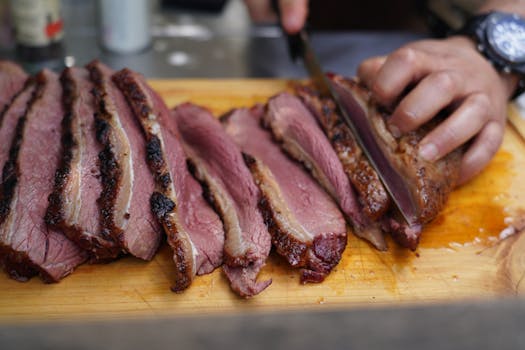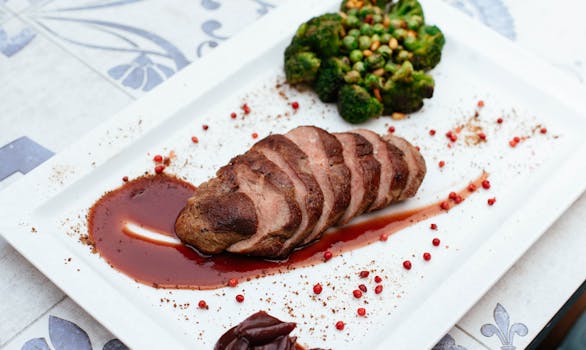Venison is growing in popularity for its lean, high-protein qualities and savory flavor. But improper handling of raw venison can result in foodborne illness. According to the Centers for Disease Control and Prevention (CDC), around 48 million Americans get sick from contaminated foods annually, resulting in 128,000 hospitalizations and 3,000 deaths. To enjoy healthy venison risk-free, proper defrosting is a must.
Consider this your Food Safety Dad go-to reference for handling venison properly from the freezer to the dinner table.
Freezing venison allows you to store it long-term after hunting season. But why go through the extra step of defrosting instead of just cooking frozen venison immediately? According to the United States Department of Agriculture (USDA), defrosting is critical for food safety and even cooking.
Cooking frozen venison can lead to uneven cooking because the outside may overcook before the inside thaws. Undercooked venison can potentially harbor dangerous bacteria like E. coli. Thorough defrosting ensures the meat cooks evenly to a safe internal temperature that kills pathogens.

When defrosting venison, the goal is maintaining temperatures of 40°F or below as it transitions from frozen to thawed. The USDA recommends three safe defrosting methods: in the refrigerator, in cold water, or in the microwave.
Defrosting venison slowly over time in the refrigerator is the USDA’s preferred method. Place frozen venison on a plate or in a container to catch any drips. Allow about 24 hours of defrosting time per 5 pounds of frozen venison.
The refrigerator will keep venison chilled at a safe temperature below 40°F throughout defrosting. Once fully thawed, venison can be refrigerated 1-2 days before cooking.
For faster defrosting, you can submerge airtight wrapped venison cuts or packages in cold water. Change the water every 30 minutes until thawed. If venison is not sealed well, place it in a leak-proof plastic bag before defrosting in water.
According to the USDA Food Safety and Inspection Service (FSIS), venison cuts or ground meat should defrost in cold water within 2 hours. Venison roasts may take up to 6 hours to thaw. Cook venison immediately after cold water defrosting is complete.
Microwave defrosting is the quickest method, but requires close monitoring. Cook venison right after thawing because some areas can become warm and breed bacteria.
Follow these tips for safe microwave defrosting:
Defrosting 1-5 pounds of ground venison or thin cuts takes about 5-10 minutes. Venison roasts may take 15-20 minutes per pound to defrost. Cook immediately after microwaving.

Avoid these hazardous practices when defrosting venison to prevent foodborne illnesses:
Following proper defrosting guidelines makes preparing healthy venison meals easy and safe. Defrosting is a crucial first step to ensure even cooking and eliminate harmful bacteria.
These USDA-approved techniques equip you to handle venison confidently from field to table. Impress your family by cooking up venison chili, burgers, steaks, and more for amazing wild game dining!
Here’s a quick summary of safe venison defrosting practices:


